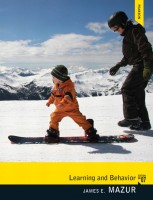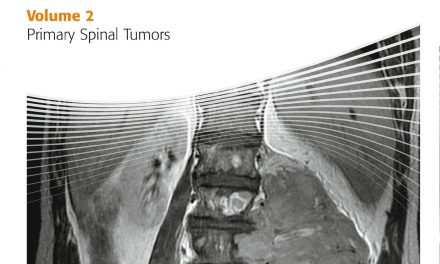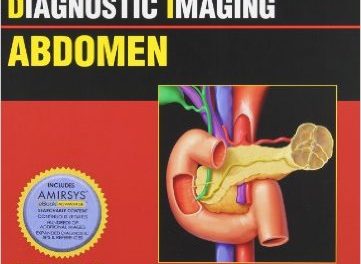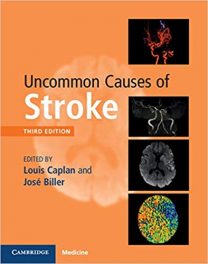 Author: James E. Mazur
Author: James E. Mazur
Publisher: Pearson – 429 pages
Book Review by: Sonu Chandiram
You need not have taken a previous course in psychology to benefit from this book which is user-friendly, with material that is well organized and presented in its 13 chapters.
Learning Objectives are itemized at the beginning of each chapter; visual aids such as charts and figures help you understand the text material more easily; and a Practice Quiz in each chapter enables you to test your learning and retention of the basic concepts covered.
In addition, a Summary puts in capsule form, essentially what is presented in the chapter; and Review Questions at the end of each chapter help you jog your memory on what you understood about the top six or so points discussed in the chapter.
Learning and behavior are common and broad topics in psychology. This book introduces you to that branch of this discipline that deals with how people and animals learn, how their behaviors change after this learning; and how what you have already learned or not learned, helps or hurts your new learning.
In this book, James Mazur discusses some of the most significant principles, theories, controversies, and experiments that have been produced by the learning-and-behavior branch of psychology. He presents concepts and theories that he describes are “fairly abstract” by citing real-world examples to make students understand them more easily.
Besides this “down-to-earth” approach, Mazur’s expert organization and presentation of material as we discuss above makes this book a very valuable one for anyone who seeks to learn about learning.
So what’s covered in this book? The list below of the chapters would be the best way to give you a “bird’s eye view” of its contents, instead of describing subjects presented in each chapter:
- History, Background, and Basic Concepts
- Innate Behavior Patterns and Habituation
- Basic Principles of Classical Conditioning
- Theories and Research on Classical Conditioning
- Basic Principles of Operant Conditioning
- Reinforcement Schedules: Experimental Analyses and Applications
- Avoidance and Punishment
- Theories and Research on Operant Conditioning
- Stimulus Control and Concept Learning
- Comparative Cognition
- Learning By Observation
- Learning Motor Skills
- Choice
Part of Mazur’s teaching approach also involves beginning with simple material and following with the complex parts. He uses the same system with reference to types of learning as well. For example, chapter 2 covers, among other concepts, habituation, which is one of the simplest types of learning, he points out. The next two chapters – 3 and 4 – deal with a more difficult learning process: classical conditioning.
In addition to the author’s user-friendly approach to enable students to learn the material quicker, the publisher Pearson Education offers these Supplements to instructors and students:
- Instructor’s Manual and Test Bank
- Pearson MyTest Computerized Test Bank
- PowerPoint Presentation
- MySearchLab, which offers engaging experiences that personalize, stimulate, and measure student learning. Among its features are
- A complete eText – just like the printed text, that you can use to highlight and add notes, listen to audio files, and more.
- Assessment – chapter quizzes, topic-specific assessment and flashcards that offer and report directly to your guide book
- Chapter-specific learning applications – ranging from videos to case studies, and more.
- Writing and research assistance – a wide range of writing, grammar and research topics including access to a variety of databases that contain academic journals, census data, Associated Press newsfeeds, and discipline-specific readings.
MySearchLab can be packaged with this book at no extra cost, by ordering ISBN 0-205-86481-3.
James E. Mazur is affiliated with Southern Connecticut State University.







